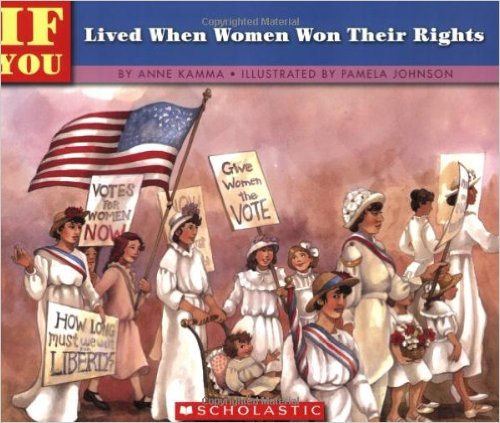Purple Plastic Purses and Other Uses of Alliteration
Lily’s Purple Plastic Purse by Kevin Henkes
Lily’s Purple Plastic Purse by Kevin Henkes, Greenwillow, 1996.
Super-fast summary: Little mouse Lily has a crush on her teacher. She so wants to impress him with her new purse, but ends up disrupting class and being scolded. Her crush quickly turns to anger and she draws a cruel picture, but later repents and all is well.
The bigness of Lily's angst, like Ramona’s in the Ramona Quimby books, shows that the author takes the child’s world seriously. Children do have adult-sized emotions, all bound up in those little bodies. Fish had hernia surgery not long ago, I think because his emotions were just too big for him. The doctor said it was genetic, but really, what do doctors know? (ha!) Back to the book, Henkes makes the mundane, a new purse, magical. He also uses repetition in the narrative, and the illustrations elaborate on the text with funny little additions—types of cheese, peace sign on a shirt, etc.
I find alliteration is one of the most common techniques used in picture books. I can see why - who wouldn't enjoy reading "purple plastic purse" or "woodcock pocket" (which tosses in some assonance and interior rhyme for kicks)? A few books, however, seem to think starting every word with the same letter can make bland text sublime. I'm thinking of a few random library picks - if I'm in a snarky mood one of these days, I'll share the titles.












If a culturally rich adaptation of a classic tale is going to be on a required reading list for any MFAC program, I think it should be Yeh Shen.